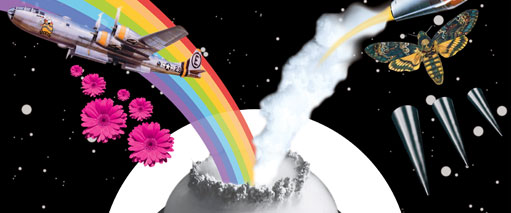Nuclear Pilgrimage: There’s Nothing To See At The Trinity Site, But Much To Consider
There’s Nothing To See At The Trinity Site, But Much To Consider

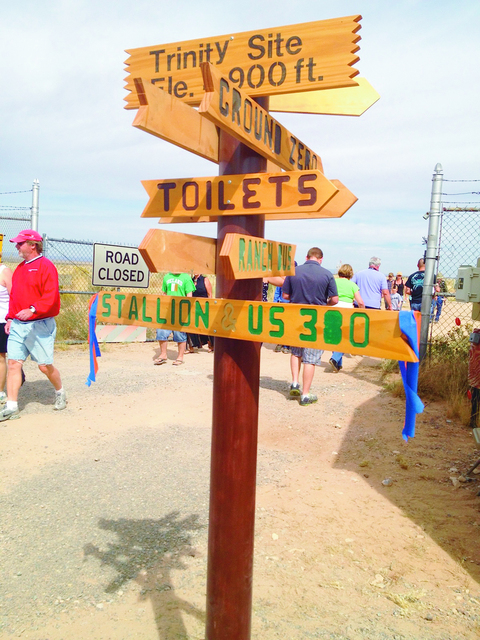
Ty Bannerman
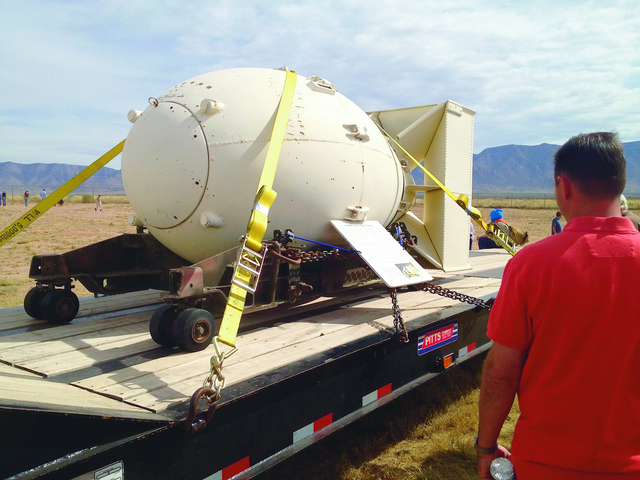
Ty Bannerman
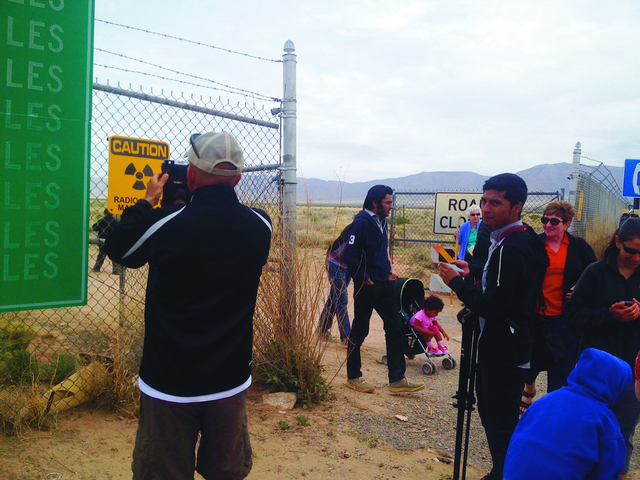
Ty Bannerman
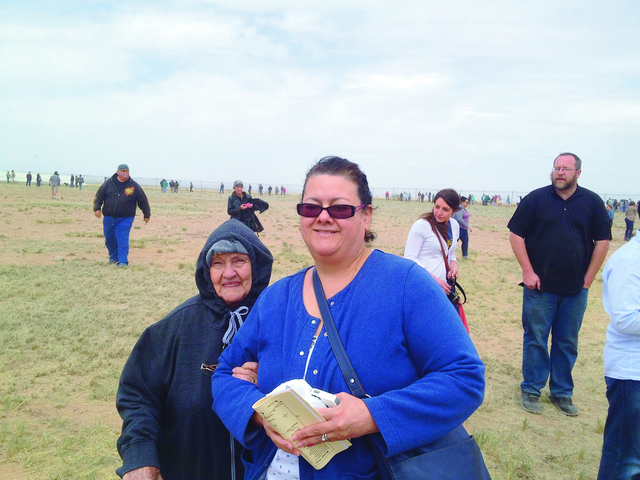
Josie and Leticia Duran
Ty Bannerman
